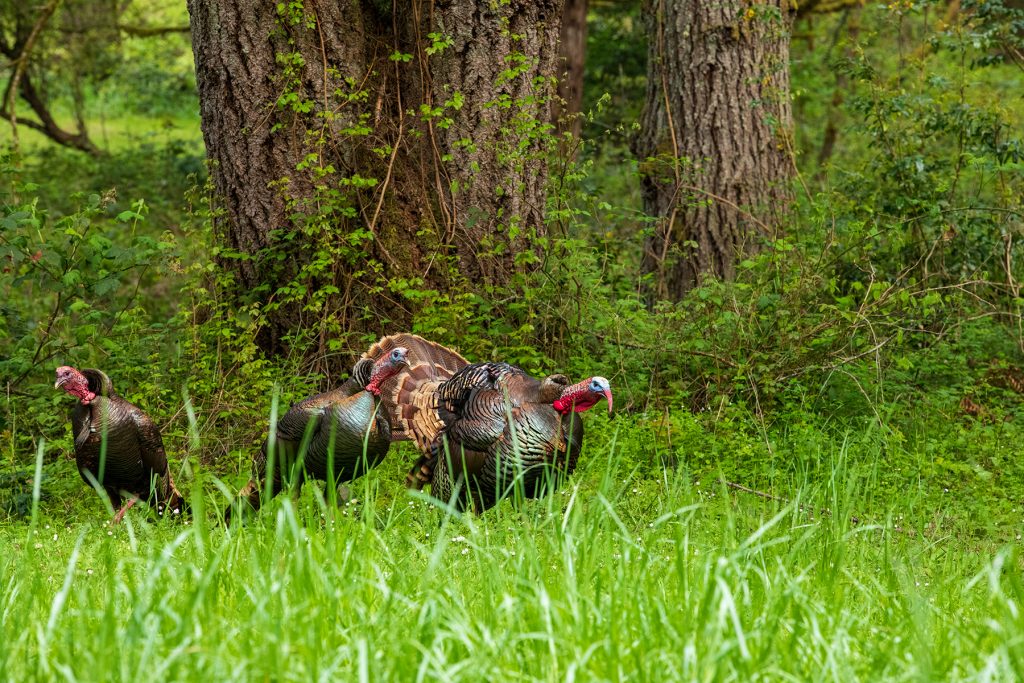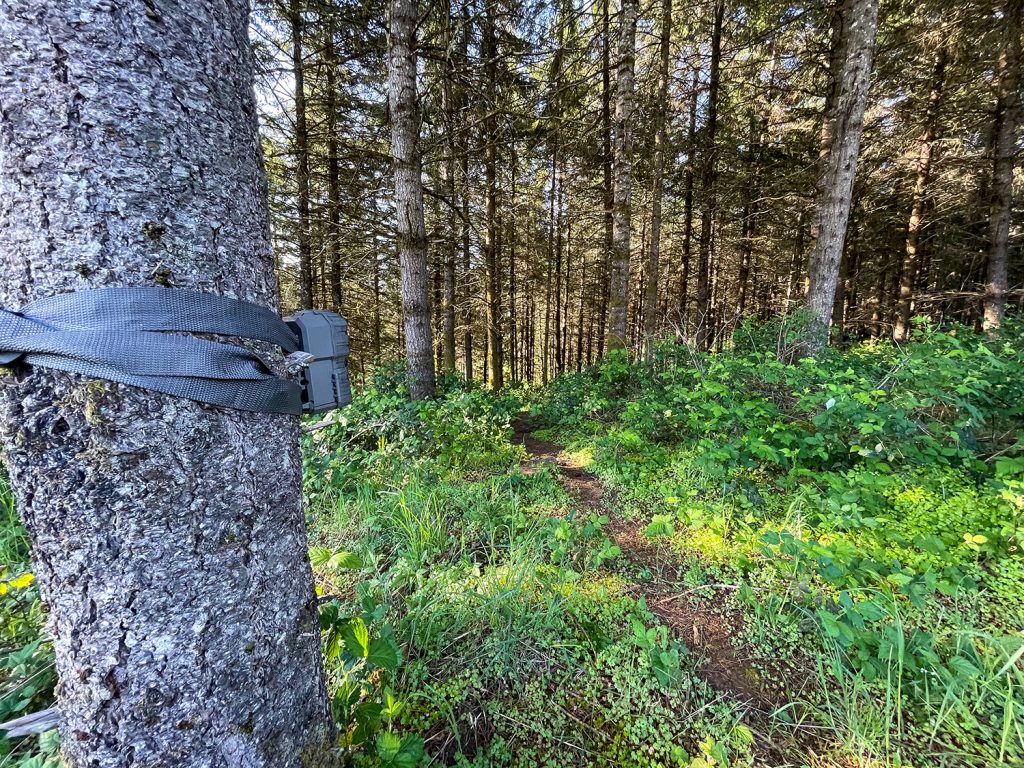Tagged Out? Don’t Stop!
The fact that two toms I’d never before seen showed up on two consecutive days, got me thinking. Could there be more toms showing up as the season progresses? The author highlights how continuing to observe turkey behavior even after you fill your tags can prove beneficial for the next season.
When two toms gobbled to the side of my blind, I was shocked. It was opening morning of spring turkey season and I’d been scouting the area a lot. In addition to physically scouting four to five days a week, I had multiple trail cameras set. All I ever saw was one mature tom.
When the two toms strutted into view and approached my decoy, I shot the one with the bent beard, the one I’d been watching. The other tom ran off. I was surprised that another tom suddenly showed up on this opening day.
The next morning, I was in the same blind. I called in the other tom and shot it. When I was packing my blind out of the timber, I heard a distant gobble. The ridge on which I hunted was covered in Douglas fir trees. There were sparse, open meadows on top and oak thickets 500 feet below. There weren’t many turkeys there, or so I thought.
On the third morning of the season, I set up near where I’d heard the distant gobble the day prior. I didn’t hear a single gobble until late in the morning. I stuck with it, and about 2:00 in the afternoon that lone, wary tom came. Three days, three toms. That was three seasons ago. I was tagged out and my season was done. Or was it?

The fact that two toms I’d never before seen showed up on two consecutive days got me thinking: Could there be more toms showing up as the season progresses?
Had I called it quits and waited 362 days until next spring season, I’d have missed out. Instead, I set out more trail cameras and kept scouting two days a week, for the next eight weeks. What I learned blew me away.
By the end of the season, 13 new toms had shown up. The wooded ridge I hunted was about a mile wide and three miles long. It was the perfect place for hens to nest, and it flat and long enough for toms to easily cover ground.
My many trail cameras and scouting revealed hens spread out, but wherever they went, toms appeared. Where they came from I’m not sure. But the during following season, I filled all three tags again, on that same ridge. And this season I’ll be hunting the same area.

Food, water, cover and prime nesting habitat abound on the ridge. And though the toms aren’t there year-round, they’re there when the hens are ready to breed and nest; toms just keep showing up all spring long.
If you fill your tag early in the season, leave the gun home and keep heading afield, looking and listening for more toms to move in. Locate hens and learn where toms are strutting, feeding and hanging out. The more you’re in the woods, the more you’ll learn, and the more you know, the more successful your turkey hunting efforts will be.
For signed copies of Scott Haugen’s popular book, Western Turkey Hunting: Strategies For All Levels, visit www.scotthaugen.com. Follow Scott on Instagram & Facebook
